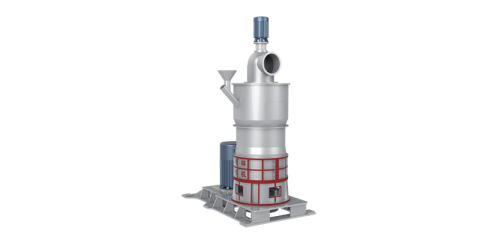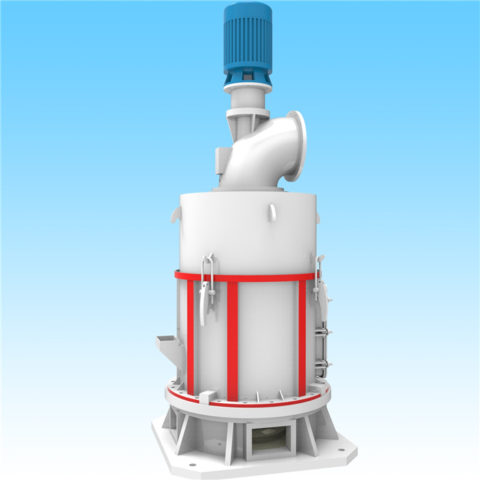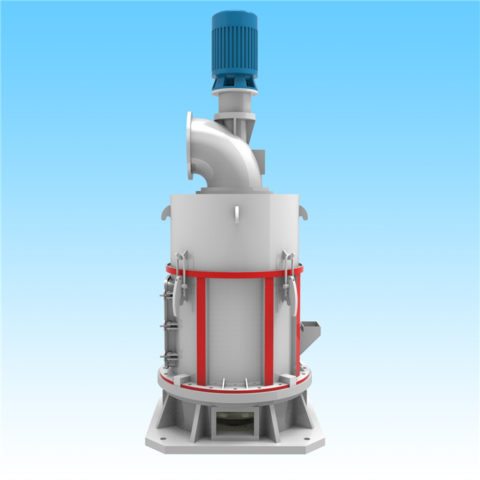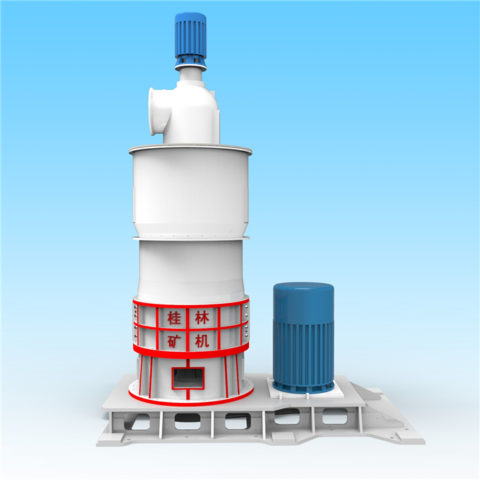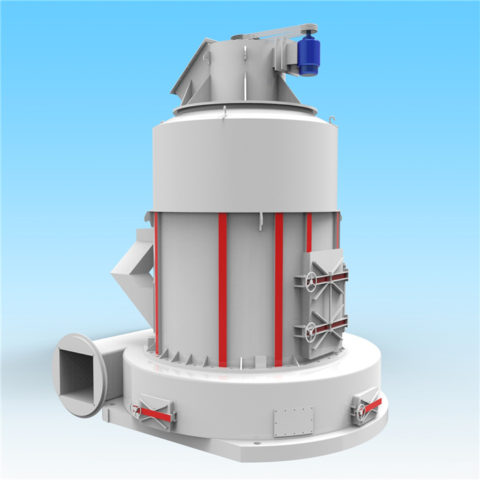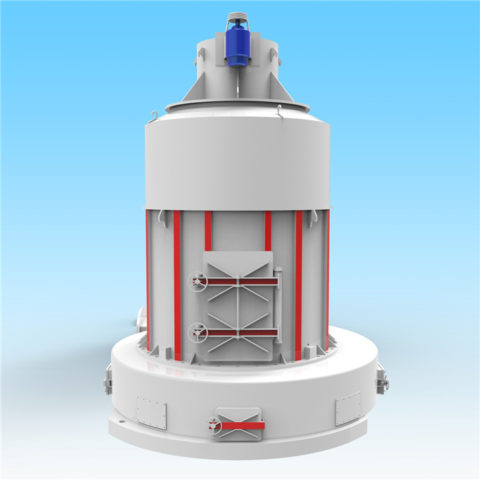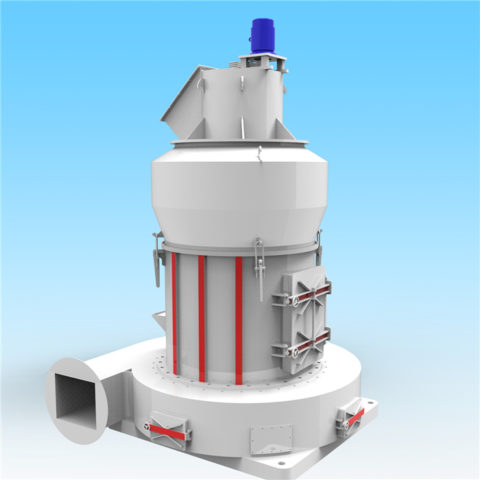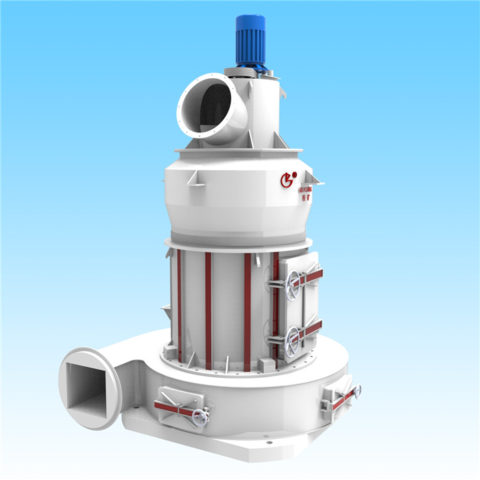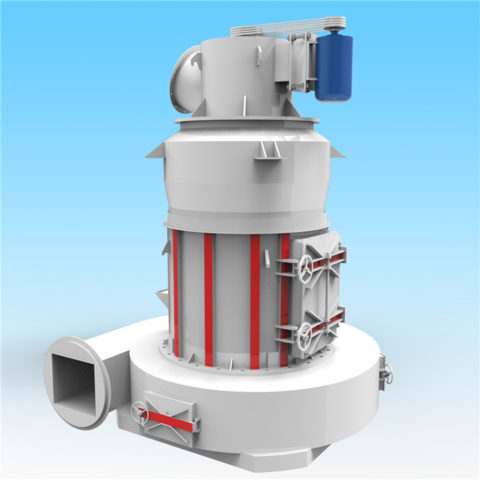Making diabase powder involves a series of steps, including extraction, crushing, and grinding. Here’s a general guide on how diabase powder is typically produced:
1. Quarrying and Extraction:
l Location Selection: Identify and a diabase quarry based on geological surveys and considerations.
l Extraction: Use heavy machinery such as excavators and bulldozers to remove overburden and extract diabase blocks from the quarry.
2. Transportation to Processing Facility:
l Loading and Hauling: Load extracted diabase blocks onto trucks for transportation to the processing facility.
l Transportation: Deliver the diabase blocks to the processing site.
3. Primary Crushing:
l Jaw Crushers: Use jaw crushers to break down large diabase blocks into smaller, manageable sizes.
4. Secondary and Tertiary Crushing:
l Cone Crushers and Impact Crushers: Further reduce the size of diabase particles through secondary and tertiary crushing stages.
5. Screening:
l Vibrating Screens: Classify the crushed diabase into different particle sizes, separating finer particles from coarser ones.
6. Grinding:
Selection of Grinding Equipment:
l Particle Size Consideration:
The first step in ing grinding equipment is to determine the desired particle size of the diabase powder. Different applications may require different particle sizes, and the grinding equipment must be chosen accordingly.
l Application-Specific Requirements:
Consider the intended application of the diabase powder. For example, if the powder is destined for use in construction materials like concrete, a specific particle size distribution may be required for optimal performance.
l Production Capacity:
Evaluate the production capacity needed for the processing facility. This consideration helps in choosing grinding equipment that can handle the required throughput efficiently.
l Energy Efficiency:
Assess the energy efficiency of the grinding equipment. Modern grinding mills often come with advanced technologies to optimize energy consumption, contributing to cost-effectiveness and environmental sustainability.
l Maintenance and Durability:
Consider the ease of maintenance and the durability of the equipment. Robust and well-maintained machines contribute to consistent and reliable performance.


